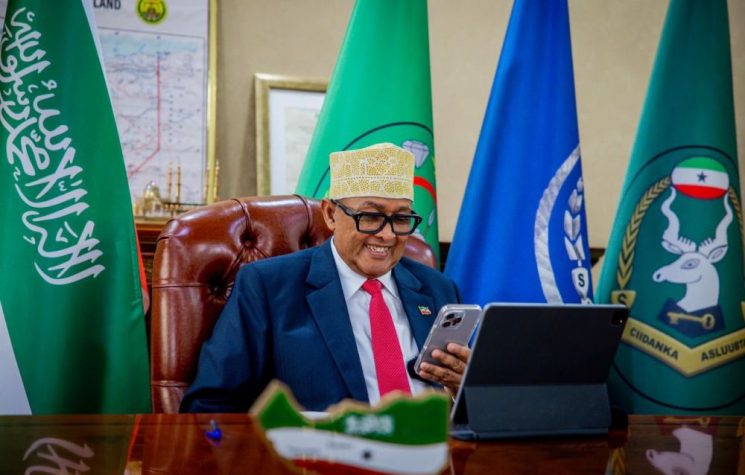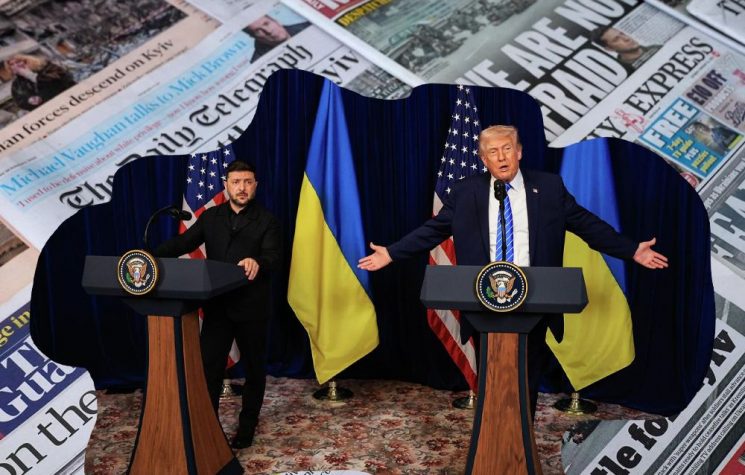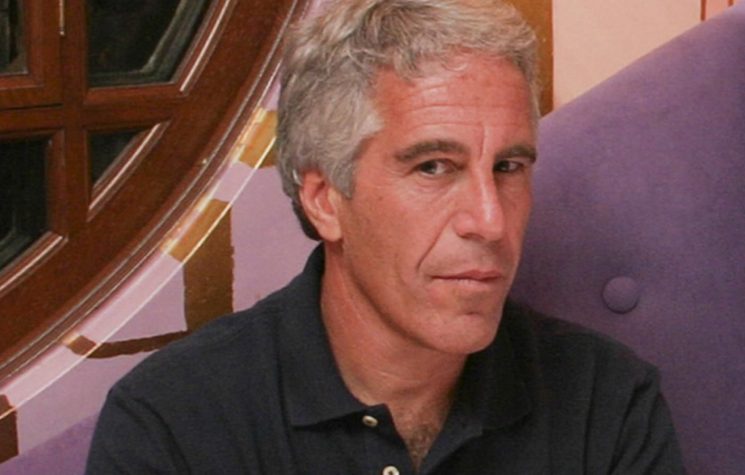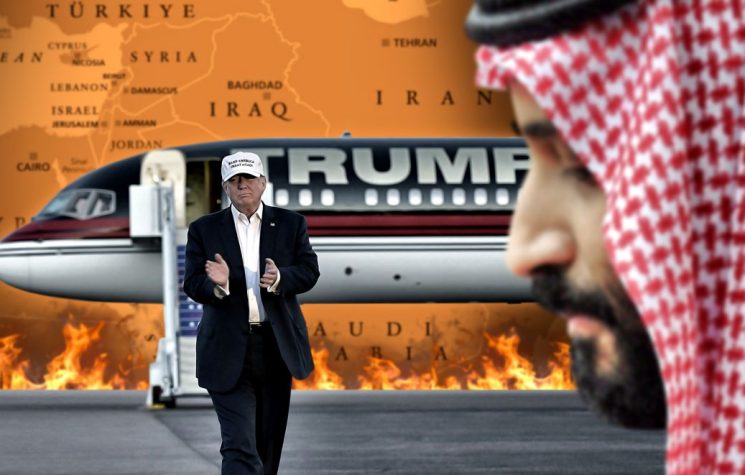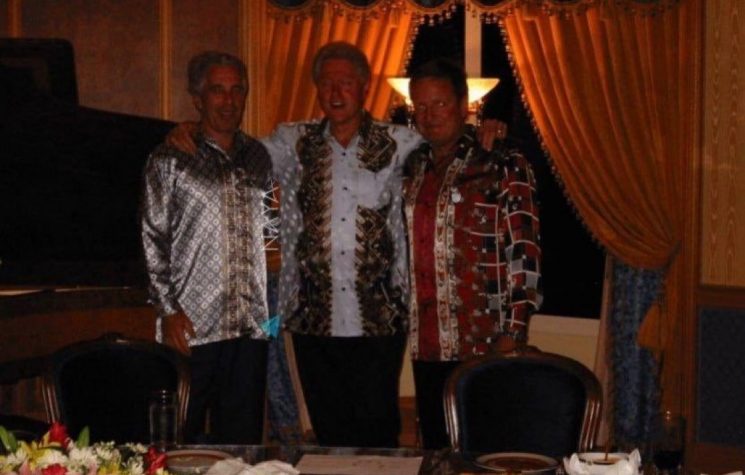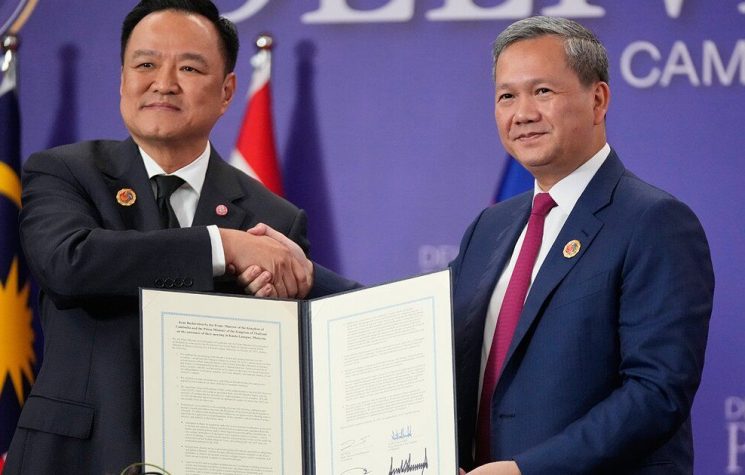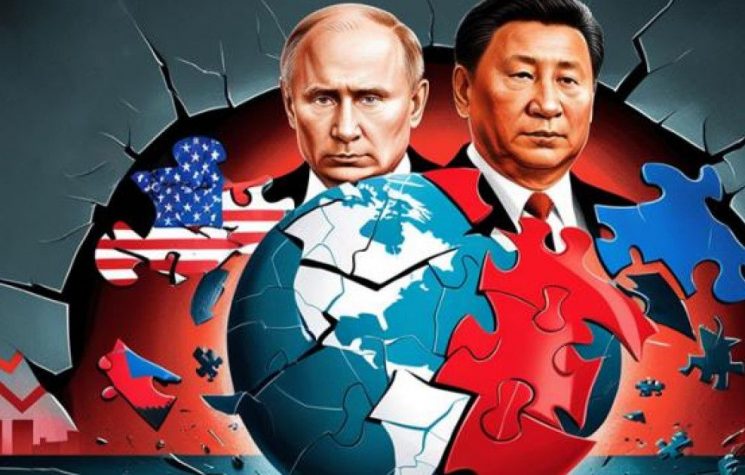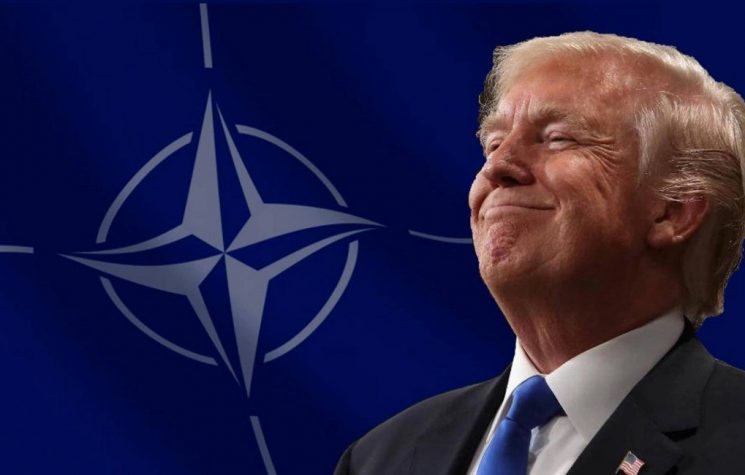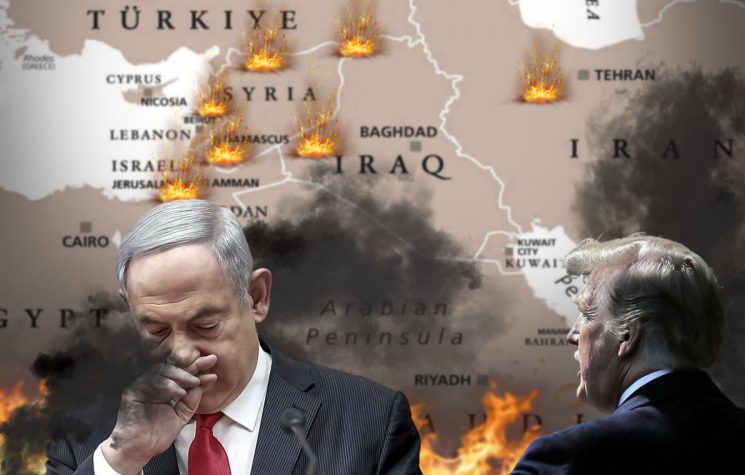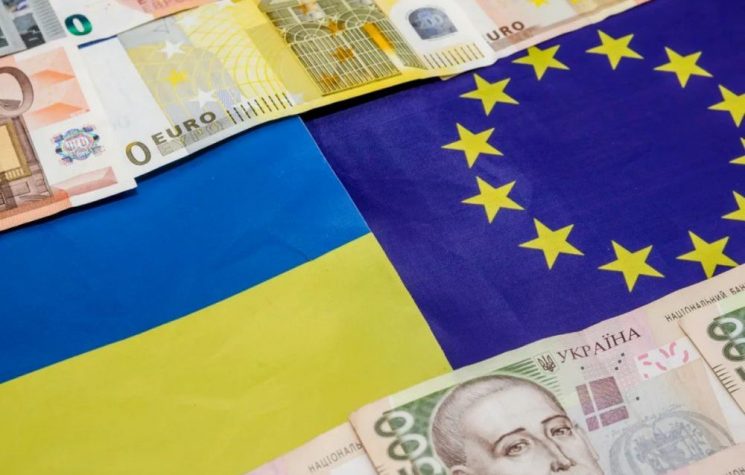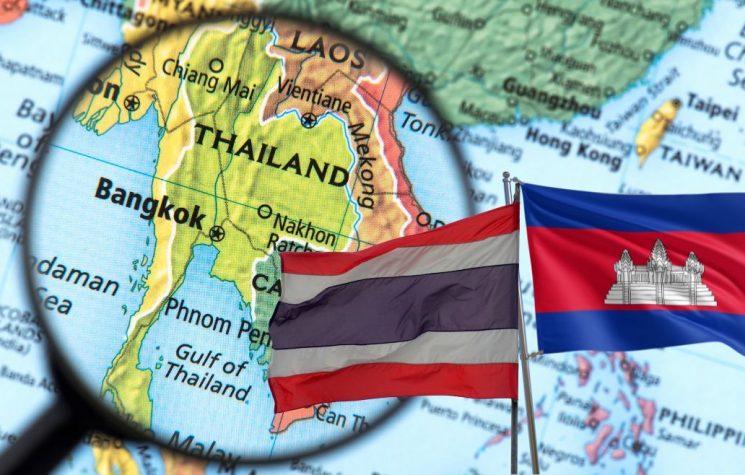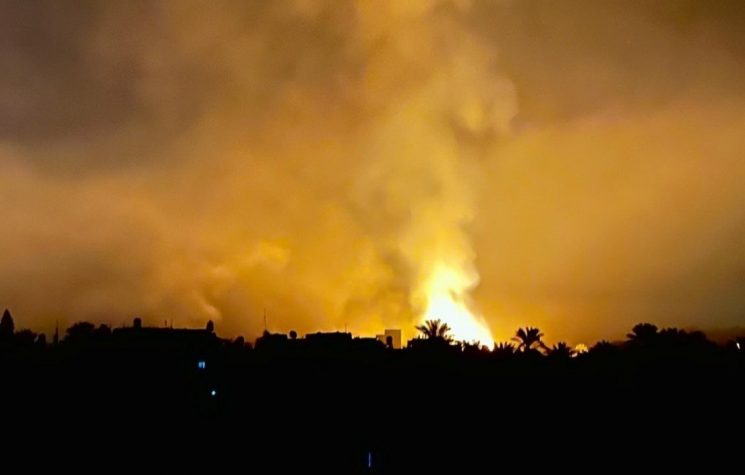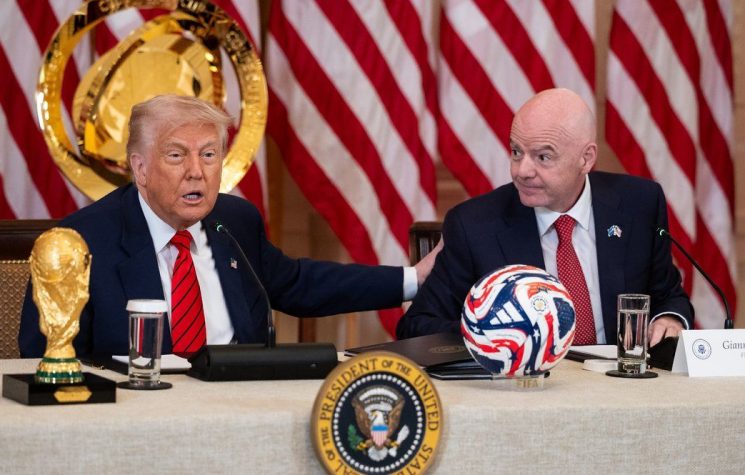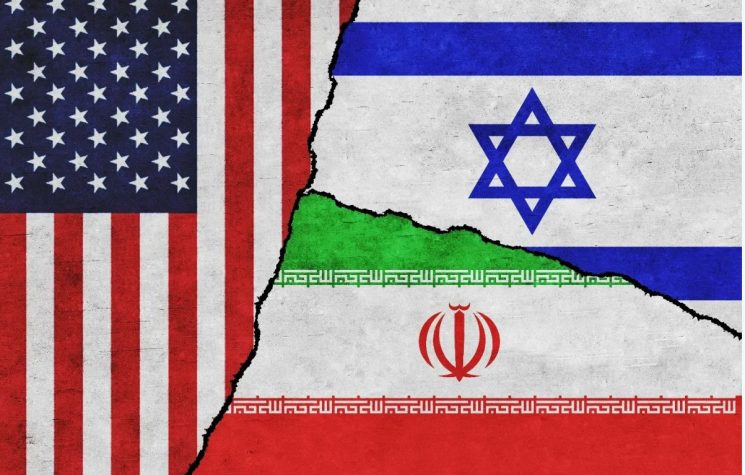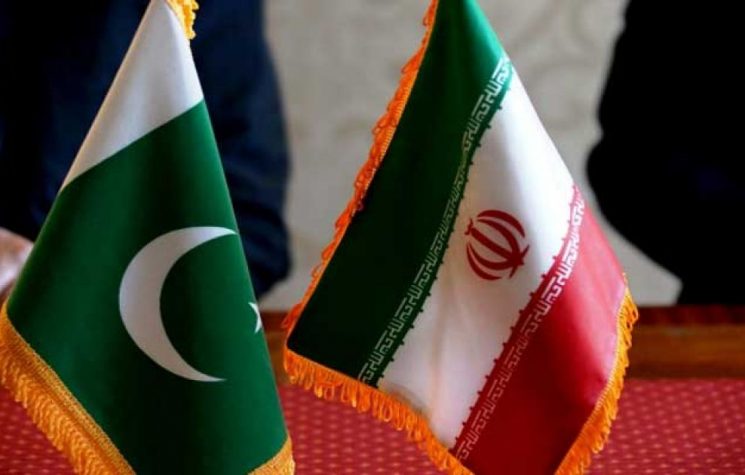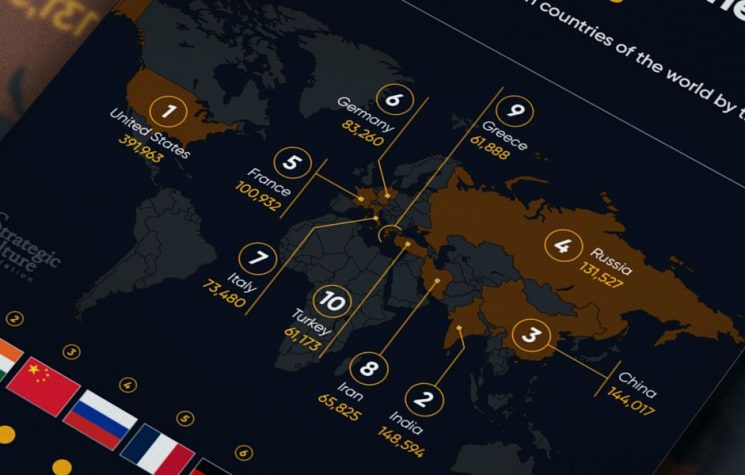The United States of America and the Islamic Republic of Iran are finally sitting down at the table for international talks.
Contact us: info@strategic-culture.su
The year is 2025 and something particularly unusual is happening, something that some have prayed for and others have deplored, hoping it would be impossible: the United States of America and the Islamic Republic of Iran are sitting down at the table for international talks.
The big premise… or promise?
There is a necessary premise to make: the USA has never, until now, tried to do good to Iran. This is a fact. Relations between the two countries have always been extremely tense. Over the last forty years there has been deep-seated tension, mutual distrust and periodic attempts at dialogue that have practically always failed because the Americans have never shown any real intention of making peace with the Iranians.
The first fracture certainly dates back to 1979, with the Islamic Revolution that overthrew the pro-Western Shah and led to the establishment of the Republic under the leadership of Ayatollah Khomeini. In the same year, the hostage crisis at the U.S. embassy in Tehran irreparably deteriorated relations, leading to a diplomatic breakdown. Anything that was western and that could subvert the new established order, had to be kept at a distance as a precaution.
During the 80s, Washington supported Iraq in the war imposed against Iran, further fueling Iranian resentment, while the 90s were marked by the first American economic sanctions, as Iran was included in the list of “Rogue States”. After September 11, 2001, there was a brief opening: Tehran collaborated in the fight against the Taliban, but was soon included by George W. Bush in the “Axis of Evil” as understood by the collective West.
From 2005, attention focused on Iran’s nuclear program which, after years of tension, saw the JCPOA agreement reached in 2015 under the Obama administration, with which Iran accepted limits on its atomic program in exchange for the lifting of sanctions. But in 2018 Donald Trump withdrew the United States from the agreement, reactivating heavy sanctions and provoking a new phase of hostility.
Then, in 2020, the killing of Iranian General Qassem Soleimani by a U.S. drone on Trump’s personal orders marked one of the most critical moments. Under Joe Biden, attempts to revive the JCPOA have resumed, but with uncertain outcomes, complicated by Middle Eastern tensions and internal Iranian dynamics.
The United States has repeatedly attempted to get closer to Iran, not as seekers of sincere dialogue, but as asps ready to bite the enemy to mortally wound it. And, on the other hand, one of the guarantees of survival and stability for Iran is the maintenance of a prudential distance from the West. A delicate balance not easy to understand.
Now, we should reflect on one fact: if the premise is so negative, won’t this attempt also end in failure? More than a premise, it seems like a promise of yet another diplomatic disaster. But let’s try to better understand the current events.
Multiple opportunities, multiple risks
The first round of negotiations between Iran and the United States for a possible new nuclear agreement took place last weekend in Oman. These were indirect talks, mediated by the Foreign Minister of the host country. Both Iran and the United States expressed positive views on the outcome of the meeting. A second round, this time with a direct confrontation, is expected in Rome next weekend. This fuels hopes that a series of compromises can be found that could avert the bombings threatened by Trump should Tehran refuse an agreement.
We know that the Americans continue to adopt the rhetoric of global gangsters, but the reality of the situation no longer allows them to behave in this way, especially towards Iran, which has never feared the USA.
On the other hand, Trump is openly a Zionist, which makes a solution incompatible, at least from an ideological point of view. However, it is true that politics is made up of opportunities, compromises and projections on broader perspectives in space and time.
Such a strategy would imply giving up the surprise effect, giving Iran the time necessary to prepare countermeasures. Tehran could, in fact, strengthen its defenses or even consider preventive action if it believed an attack was imminent after negotiations failed.
In light of these elements, it can be deduced that Trump is seriously seeking an agreement with Iran: otherwise, he would not have given up such important strategic levers. Although his statements may appear aggressive, he seems to prefer a diplomatic resolution to the crisis rather than the military option. This raises questions about the real motivations behind the conflict, especially considering that he now seems willing to reinstate parts of the JCPOA agreement from which he himself had taken the United States.
Over the last four years, Trump has had the opportunity to hone his leadership skills, build a more loyal and ideologically aligned entourage, and work on defining a global strategy aimed at redefining the world order to the advantage of the United States, should he return to power – which, in the end, he did. This explains the speed with which he promoted negotiations with Russia, started a world-wide commercial war and reopened the confrontation with Iran. These three strategic lines aim to facilitate a “return of the United States to Asia” and to contain China more decisively.
The rhetoric towards Iran has also changed: its entourage is a den of hawks, support for Israel is total and political lies have not ceased. The focus has simply shifted: Iran is now too much of an obstacle for America, which wants to relocate its resources from Europe to Asia, changing the geometry of continental control.
Iran, for its part, shows no sign of backing down. The nuclear issue is based on a presumption by the USA regarding the enrichment of uranium that Iran has been carrying out for years, having functioning nuclear power stations. The provocations seem more aimed at opening a window of opportunity for Iran to create an Asian-Pacific route for America.
Trump can’t afford a real conflict in that region, because that would ruin his plans and create quite a few problems with China – which is far away, but not too far. There is neither the military nor the economic strength to wage a war or a series of wars in those areas. Mediation is needed. To do this, the strategy of confusing the adversary and putting him in a situation of diplomatic distractions is always very effective. By opening a dialog with Iran, the American presidency wants to divert global attention from the already very complex geo-economic strategy of tariffs, and in the meantime strengthen the exit routes in the Middle East and India. We shouldn’t be surprised if we soon hear about some official visit of American officials to New Delhi.
Clearly, Israel has a major interest in all of this. Israel’s atomic monopoly serves to permanently discourage Iran from using its missile arsenal or its allies to threaten Israel, while Israel could progressively undermine Iranian security until it is forced to surrender. Those in Iran who favor a partial restoration of the JCPOA through a set of mutual compromises with Trump believe that the possible (albeit gradual) lifting of U.S. sanctions justifies the removal of the country’s nuclear breakout capability, provided that no other concessions are made. The basic assumption is that if Iran maintains its ballistic missile program and there are no limitations on support for its already weakened regional allies, it will be able to continue to act as a deterrent for Israel.
On the other hand, Iran has a moderate and open-minded government. Pezeskhian is certainly a much quieter and less active president than his predecessors. The more moderate Iranian faction, favorable to an agreement with the United States, maintains that the partial elimination of sanctions could strengthen the internal socio-economic strength of the country, while maintaining its deterrent capacity against Israel, on the condition that no other concessions are made. Israel, being a relatively small and densely populated country, is much more vulnerable than other states to a large-scale missile attack or ground incursions by non-state actors. Until the Iranian ballistic missile program is affected by an agreement with the United States, and likewise its network of regional alliances, Iran can still inflict significant damage on Israel, enough to dissuade it from a unilateral attack even without American support.
Furthermore, in the event of a relaxation of these sanctions, India could intensify its trade with Russia and Iran, acting as a guarantor of the North-South corridor. However, the USA knows that it cannot afford to lose India, because it is the necessary counterbalance to China. Since China is the closest strategic partner to Russia and Iran, while India is an independent country, closer cooperation between Russia, Iran and India could put some pressure on China, at least according to the United States. This not insignificant detail could be part of the offers that the United States is considering for Iran in future negotiations.
Nothing will go unpunished
The USA, listening to Israel, is convinced that the Axis of Resistance is in a tight spot and that Israel is now close to victory. This point, which is the subject of negotiations, will not be left unchallenged.
It is unlikely that the most intransigent Iranian faction will allow its more moderate rivals to accept a triple surrender on the nuclear program, ballistic missiles and the Resistance Axis, thus neutralizing the deterrent capacity against Israel, only in exchange for a lightening of sanctions. Although they might not favor eliminating Iran’s capacity to evade, they might accept it if the other deterrent capacities were preserved, instead of being ceded to the United States.
Diplomacy is a serious matter, it’s true, and for this very reason it can’t allow for discounts and flattery. However, the balance of threats sufficiently involves both parties. The Iranian government has shown interest in resolving the sanctions problem and, as already mentioned, America needs a Middle Eastern solution.
What must remain a warning to Iran is the blood of the martyrs that has been shed, the blood of the Revolution that is still ongoing and that represents hope for other peoples too. It is that same blood that calls for a firmness and seriousness that does not accept compromising agreements. Without this guiding criterion, Iran risks losing its most precious purpose.








